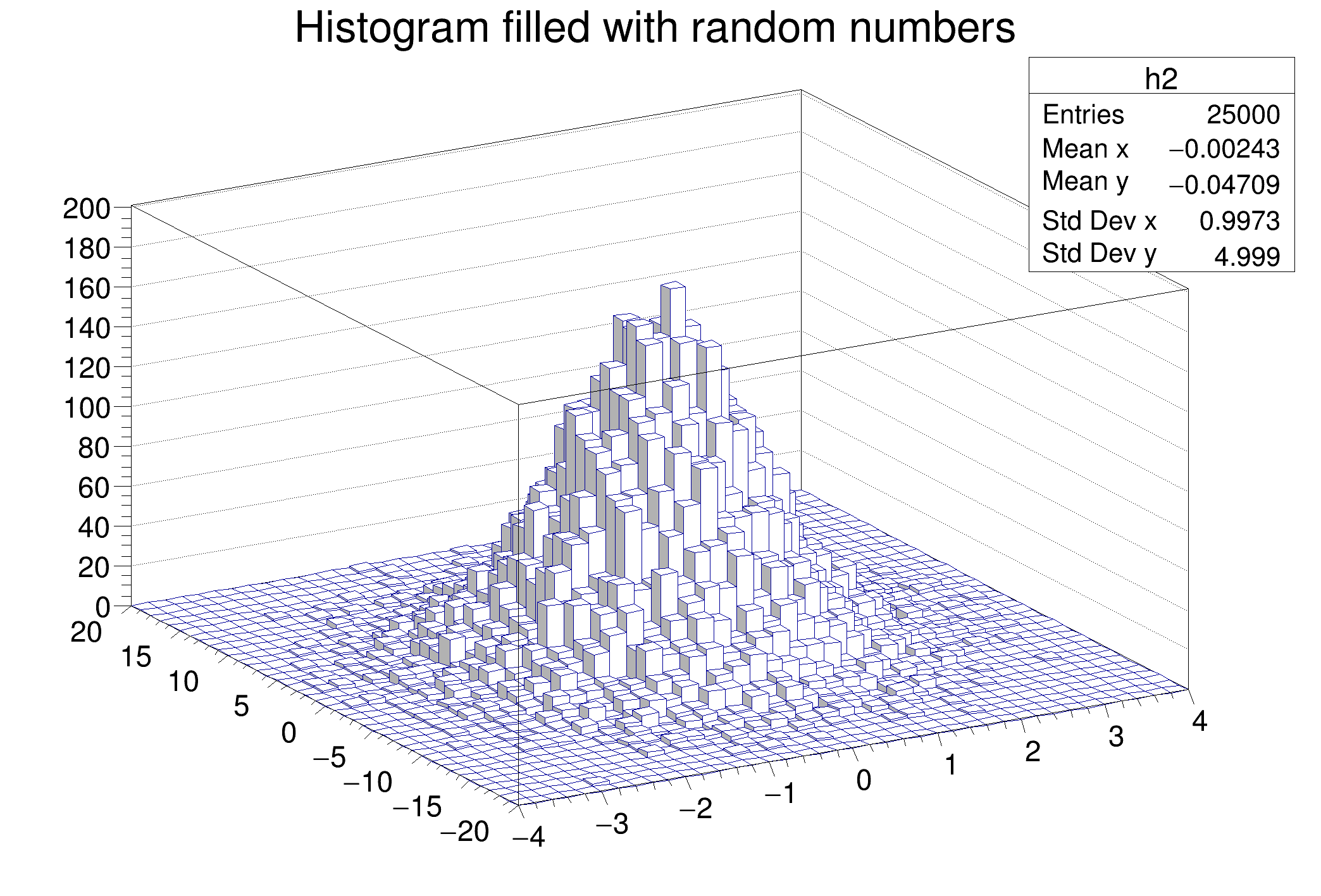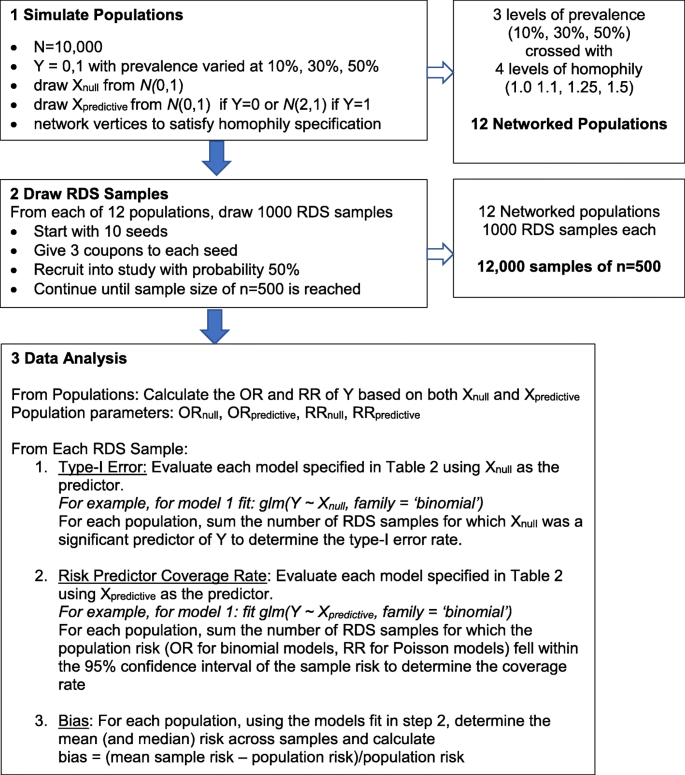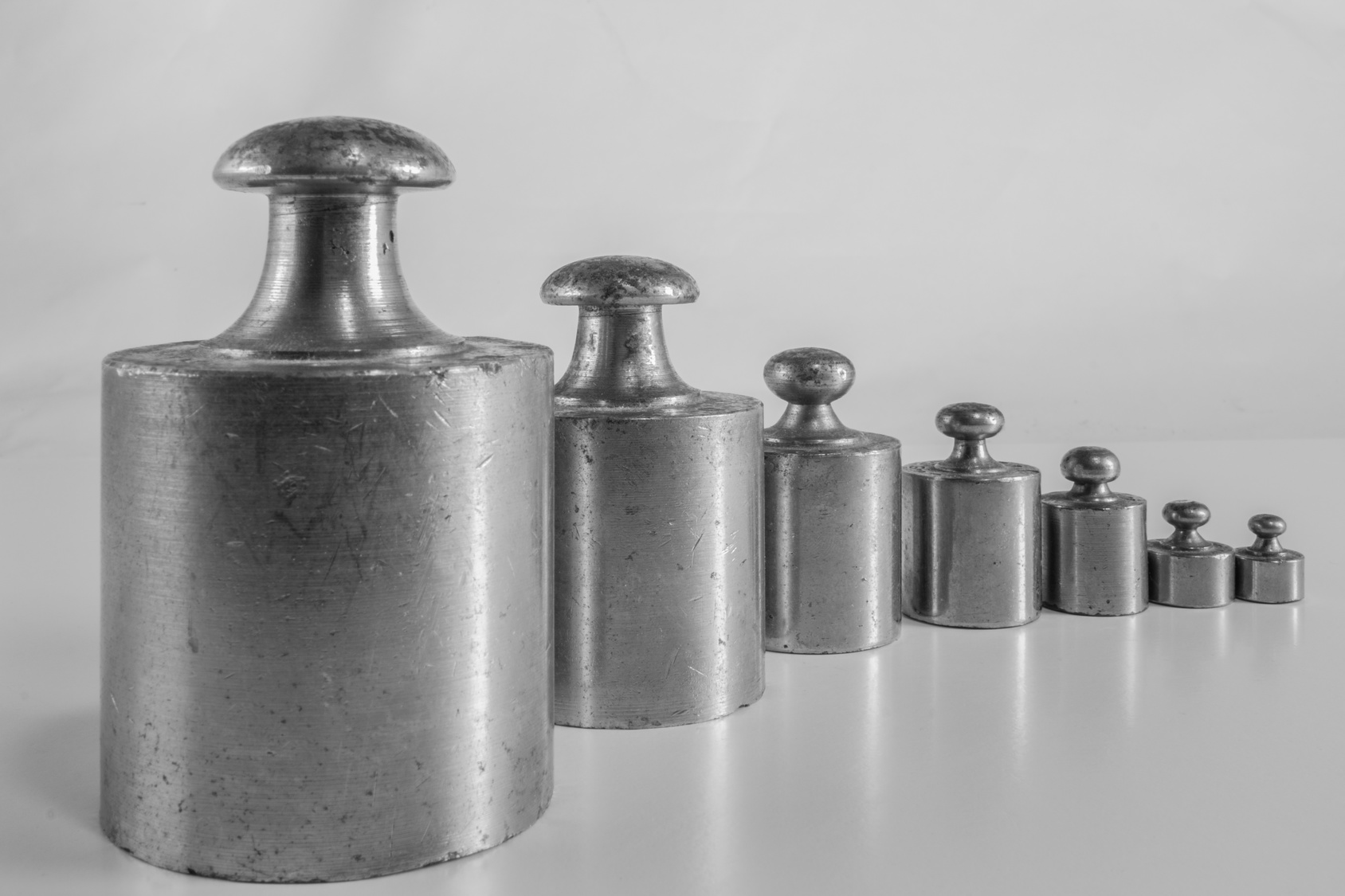

By contrast, destructive analysis techniques are extremely costly and time consuming (several days). The bias depends on the mass and shape of the sample and depends on the amount and energy distribution of the ( 1 hour).

The negative biases observed in the assay of plutonium metal samples are caused by variations in the neutron multiplication for more » neutrons originating in various locations in the sample. Initial results show significant promise for the weighted point model in reducing or eliminating biases in the neutron multiplicity assay of metal items. Measured multiplicity data evaluated with both the standard and weighted point models are compared to reference values to give the experimental accuracy of the assay. Monte Carlo calculations give the dependence of the weighting factors on sample mass and geometry, and simulated assays using Monte Carlo give the theoretical accuracy of the weighted-point-model assay. Weighting factors are detemiined from Monte Carlo calculations using the MCNPX code. A weighted point model has been developed to overcome some of the limitations in the standard point model. Limiting assumptions, such as unifoh multiplication, in the point model used to derive the multiplicity equations causes these biases for large dense items.

Unfortunately, the technique results in large biases when assaying large metal items. Over the past 20 years the technique has been proven for relatively pure oxides and small metal items. Accurate assay of most common plutonium samples was the development goal for the nondestructive assay technique of neutron multiplicity counting.


 0 kommentar(er)
0 kommentar(er)
